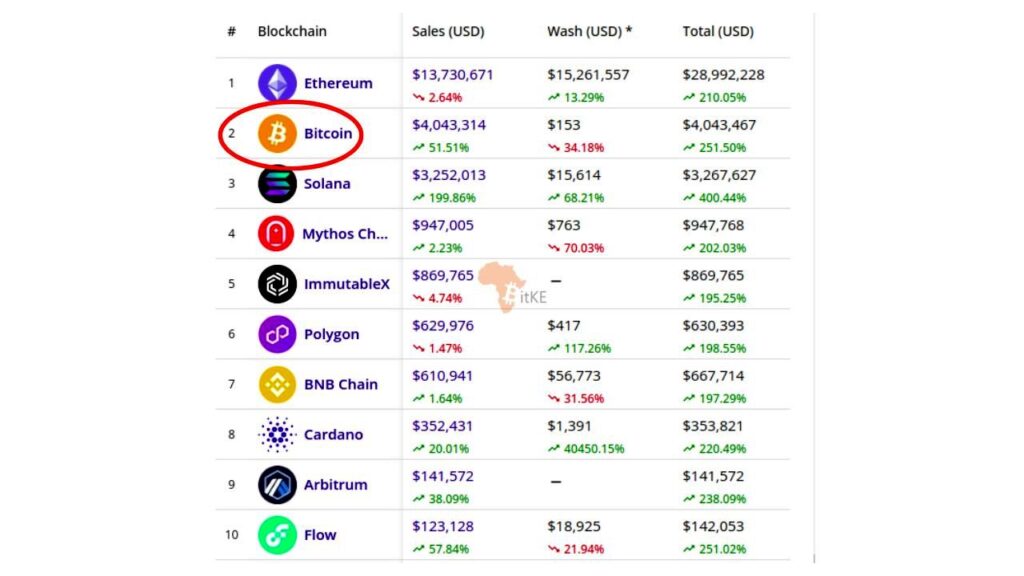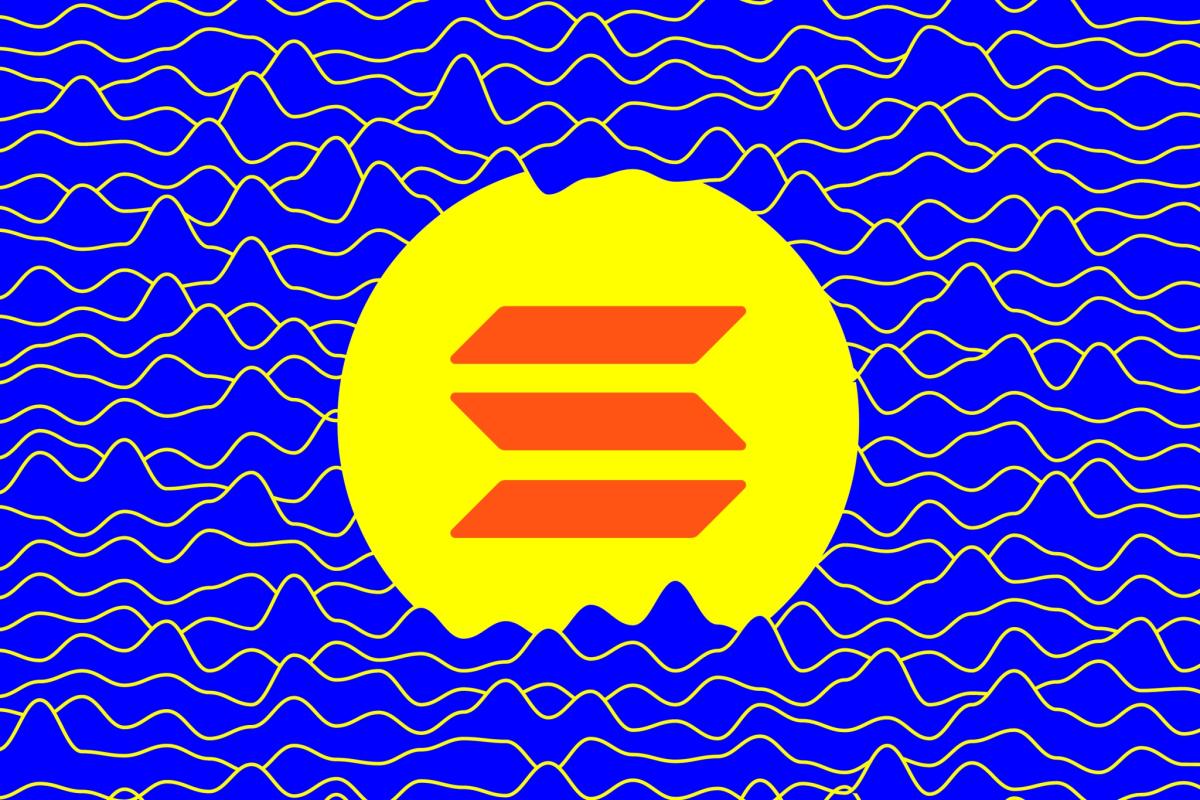Is this Ethereum’s oldest NFT project? Collectors are piling into the Early Domain Name app

Important takeaways
- An early Ethereum project called Linagee Name Registrar has sparked a frenzy in the NFT community in recent days.
- The project allows Ethereum users to create their own NFTs for domain names, similar to other applications such as the Ethereum Name Service.
- NFT archaeologist Leonidas revealed LNR as the “oldest” Ethereum NFT project last week, but some have refuted his claims.
Share this article
The Linagee Name Registrar smart contract was deployed on the Ethereum blockchain on August 8, 2015, years before NFTs became mainstream.
Linagee name registrar NFTs uncovered
Move over Ethereum Name Service, because a new (old) NFT domain name service is quickly becoming a big hit in the crypto community.
An early domain name service called Linagee name registrar was uncovered by Ethereum developer Mason Keretsy last week and has since reached 450,000 NFT domain name registrations, as of Dune data compiled by @darki. The project allows Ethereum users to create their own NFT with the suffix “.og” to replace their 0x Ethereum address, similar to readable URLs and ENS’ popular “.eth” domain names. It costs about $1 to create an LNR NFT, and unlike ENS, owners can keep the domain name forever instead of renting it for a fixed period of time.
A pseudonymous developer known as linagee deployed the smart contract for LNR on Ethereum early in the blockchain’s lifetime on August 8, 2015. LNR’s early provenance is the main reason the project has risen in recent days, with the help of self-styled “NFT historian” Leonidas. The prominent collector posted a tweet storm about LNR on 30 September, hinting that it was “potentially the oldest” NFT project on Ethereum. He was also the host a Twitter Spaces call titled “Oldest NFT on Ethereum Just Rediscovered”, attracting more than 6,400 listeners. Howeavers, some Ethereum native has refuted the claim that LNR was the first NFT project, saying that members of the Ethereum Foundation minted other tokens that could be described as NFTs soon after the blockchain was launched.
Ethereum Archaeology
Leonidas and other digital archaeologists have been flocking to early Ethereum NFT projects like LNR since the technology exploded in popularity in 2021. Avid collectors argue that there will only ever be a limited number of early NFTs, and therefore they will be considered more valuable than newer projects that appeared in 2021 or later. Domain name services have proven to be popular due to the same supply and demand principles; over the past year, common keywords and numbered ENS domains have skyrocketed in value. Low-digit numbers tend to command the highest value; 000.eth, for example, sold for 300 ETH in July 2022.
Of the 450,000 registered LNR domain names, many of them are also numbered domain names, with lower digit domains proving to be the most popular. OpenSea data shows that several three-digit domains have sold for over 2 ETH in recent days.
Pump and dump?
While still a niche project outside the Ethereum archeology scene, LNR has generated significant hype amid otherwise bearish market conditions. In accordance Etherscan dataThe LNR contract currently accounts for over 10% of all gas usage on Ethereum, placing it alongside the likes of Uniswap and OpenSea.
It is unclear whether interest in LNR will last, but it is worth noting that Leonidas and other NFT archaeologists have been behind many similar early projects in the past. In many cases, projects have skyrocketed after Leonidas posted support to his Twitter followers, then faded into obscurity. Leonidas helped 2019 avatar NFT project CryptoSkulls rise to a floor price above 3 ETH in January after promoting it to his audience; today the entry fee is closer to 0.4 ETH, up since Leonidas showed support, but significantly down from the peak in ETH and USD.
While Leonidas has previously been accused of so-called “pump and dump” galleries, he claims that he had good intentions when he shed light on the project. Among the many tweets he has posted about LNR since September 30, he said he had only minted 32 domain names and had no plans to sell. “I’m in this because the story is cool,” he wroteand added that he wanted to see “a fair distribution”.
Dune data compiled by @darki shows that 21,795 wallets had minted LNR domain names at press time. The top holder have registered over 9,000 domain names in just over a day.
Disclosure: At the time of writing, the author of this piece owned ETH, some ENS domain names, and several other fungible and non-fungible cryptocurrencies.






















